There's a new addition to Cork’s cider scene
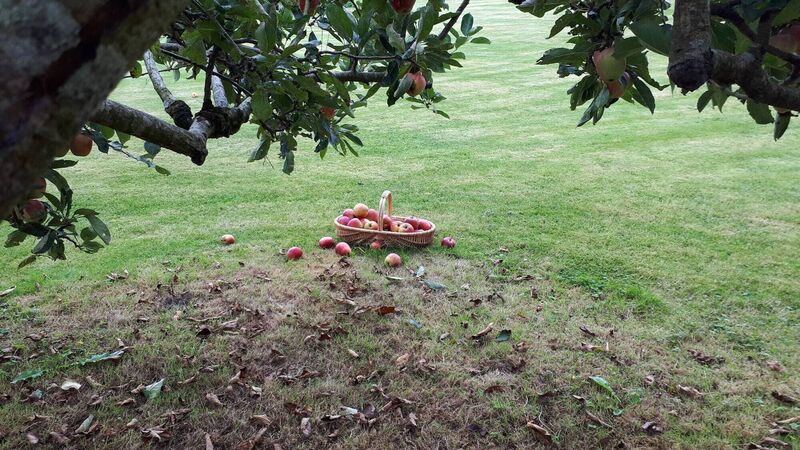
Apples used by Press House Cider, based in Bandon.
OCTOBER is peak cider-making season, and although this year the weather has been challenging, it seems apple trees loved the wet spring and hot early summer by delivering bumper crops of apples for making delicious cider.
Rob Daly has long held a passion – and skill – for cider-making, and alongside his wife Charlotte, they are the duo behind Press House Cider.
The cidery is boutique, in other words, small. The traditional cloth press and large vats that hold the juice which slowly ferments into cider, all sits rather snugly inside the walls of a revamped double-garage in the grounds of their home - the eponymous Press House. The whole process is a hands-on one, with Rob’s attention to detail at every stage resulting in a crisp, lightly sparkling vintage Irish apple cider.
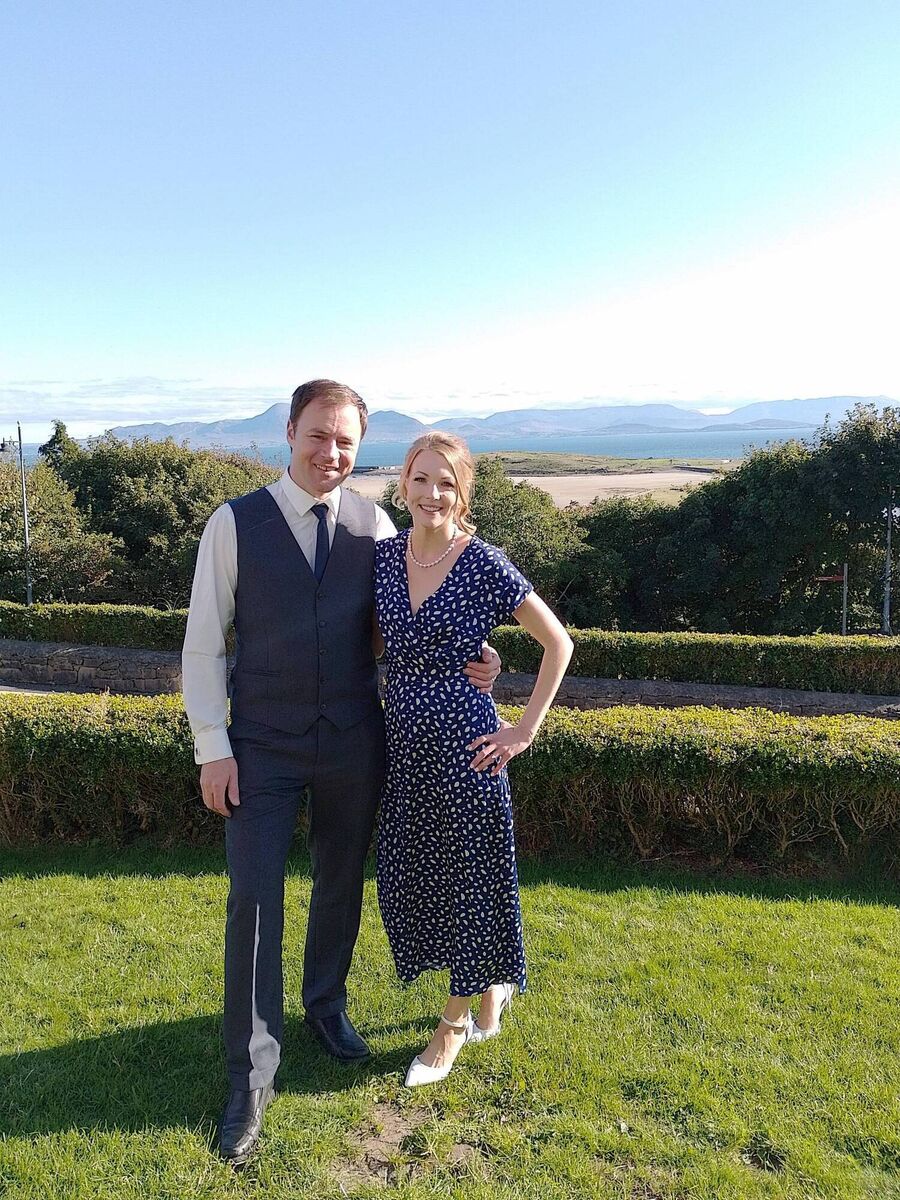
By day, Rob is an engineering consultant for the biopharma industry in Cork – hence that commitment to detail! When they bought their house in Bandon, at the bottom of the garden was a single apple tree planted by the previous owner maybe 30 years before.
The tree is a prolific fruiter, says Rob.
It’s unbelievable; I could have four wheelbarrows of apples outside in the back from that one tree.
Their eldest son, Jacob, helps pick apples from this tree, which Rob uses to make his own stash of what he calls hobby cider. But the drink he makes under the Press House Cider brand is very particular. It’s a single variety cider fermented with champagne yeast and the method is, he says, more like wine-making.
It’s a far cry from his teenage attempts at cider making.
“In my younger years, I made cider under my bed, but it was probably more like hooch! There was an orchard up the road owned by Dick Horgan. He was in his nineties at the time and told us to take away whatever apples we wanted.
The juice fermented straight off whatever was on the apples.
These days, things are much more sophisticated and he has developed a defined style of his own.
There was of course the no small matter of sourcing apples. As prolific as the tree in the garden is, apples were needed on a much larger scale. They connected with James O’Donoghue, based in Carrick-on-Suir in Co Waterford.
“He’s an excellent apple farmer,” says Rob.
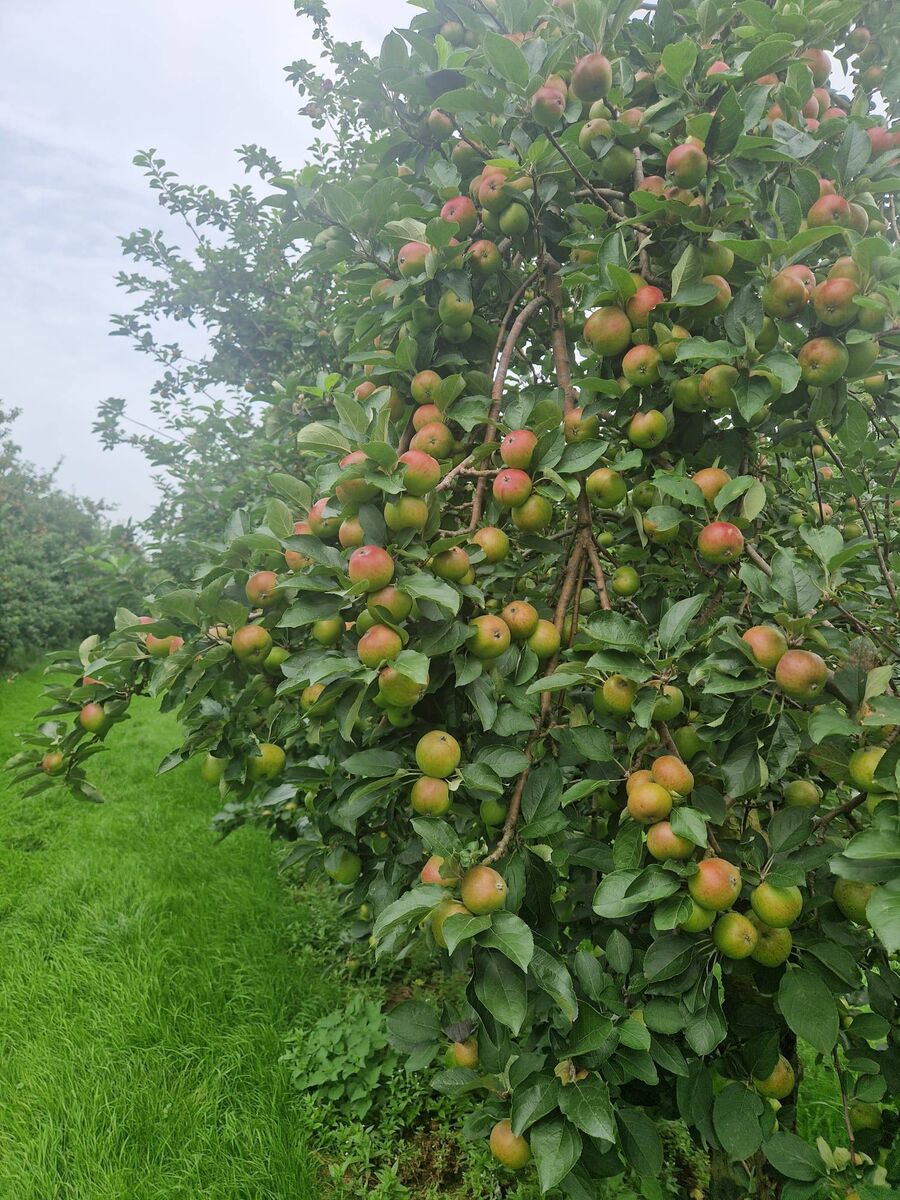
From here he sources just one variety of apple, the Dabinett, used in Press House Cider. Their first press happened in 2020, and everything from washing, milling, pressing, fermenting, carbonation, bottling, labelling and pasteurising happened all by hand in the tiny press house in the garden.
“We did 2,500 bottles that year – all by hand,” recalls Rob.
The cider ready to drink in the current year is always last year’s cider. Time is an essential ingredient, and really good cider takes a lot of time before it’s perfect to drink. Then, he had to sell it.
“I had no experience of retail selling, but as an engineer I have to sell projects to people all the time.
If I can’t convey my interest in what this is, how can I expect anyone else to? But, turns out I’m pretty good at sales!
West Cork is a very supportive food and drink community, especially for those trying to do new things. Rob learned this very quickly, and has been bowled over by the response to his cider and the support shown for it.
“The team at Liss Ard in Skibbereen], said the things standing up for me is that we’re a local, family run business and he gets to shake the hand of the guy making the cider,” says Rob.
“West Cork is incredible in this regard; everyone wants to support everyone.”
Many of the ciders on the market, even the top quality ones, can be a blend of juice from different apple varieties, but Press House Cider is made from the juice of only Dabinett apples.
Typical cider-making takes different quantities of juice from different apple varieties, blending them together to get what you want.
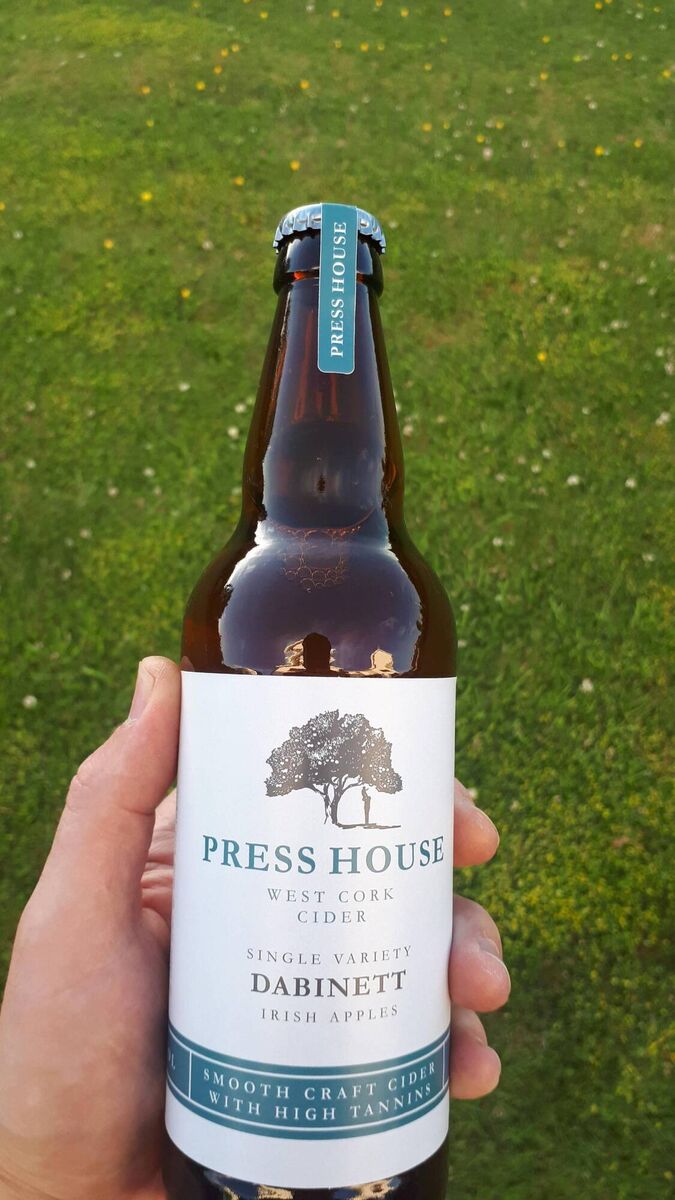
“Depending on the year, weather, etc., those proportions and quantities will change year on year to get the same, consistent flavour profile,” explains Rob.
“We didn’t want to just make another good cider, there are plenty of those out there. We wanted to give something different.”
That point of difference was to focus on a single apple variety instead of using the more usual terms of sweet, dry, medium. By embracing the single variety approach, Press House Cider is accepting the final cider flavour will vary year to year. In this way, this is a vintage cider in the same way a vineyard’s wine will alter in flavour each year.
“Cider-making is much more like wine-making, the process is very much the same. You never go into a wine shop and ask for a medium-dry wine; you ask for a Shiraz, Merlot or Chardonnay. You ask for wine by the grape, and I’ve always said that cider should be the same.”
Once upon a time, cider was a high society drink, but as its reputation cheapened the respect for it fell away. Press House Cider joins the ranks of small but exceptional cider producers, such as Killahora, Stonewell and Longuevillle House in Cork, Legacy and Cockagee further afield, who share Rob’s vision for re-establishing cider back where it belongs.
As a cider-maker, you have to have a passion for it.
"If you’re not sitting up all night reading books from every other cider-maker in the world to see what they’ve learned and are willing to try different things, you will get it wrong.”
Every October, a mountain of apples arrives from James O’Donoghue’s Waterford farm and is delivered in a heap on Rob’s driveway in Bandon. But even before that, there’s an ongoing dialogue between them to determine when the apples will be ready to harvest. This year, they were harvested a little earlier to retain more of the tannins Rob likes to retain in the final drink.
“We sort the apples, then scoop them into a massive basin of water to wash them. Then we put them through a mill which grinds the apples down. Then we put them into an old style cloth press,” explains Rob.

As the juice is slowly released, it’s pumped into vats that hold a thousand litres of apple juice at a time. Because the apples are washed, any natural yeasts that may have been present on the skins has been removed, so to kick off fermentation Rob must activate the champagne yeast. “I activate it in a small container of slightly warmed apple juice. It’s a slow process but I find it gives me the best results,” he says.
As well as being essential for fermentation, yeast is also important for developing flavour. This stage must be carefully managed.
The population [of yeast] is so high when I inoculate the vessel, if there is another yeast in there it’ll be overwhelmed by the champagne yeast population, it won’t have a bearing on the final product.
The cider is left for a month, racked twice to ensure a crystal clear cider at the end, “plus some other things I won’t go into”.
Once the juice has fermented to dry, it’s sent to a bottling facility along with some fresh juice to back sweeten the cider and balance the final flavour.
Press House Cider comes in at a robust 5.5% ABV and is sold in 500ml bottles. It’s a cider designed for sipping, preferably with food, and definitely not for guzzling, Rob says.
“In 2022, we made 5,000 litres of cider, which will yield us 10,000 bottles this year. I like to explain to people that one kilogram of apples equals one bottle of cider.”
That’s the biggest run so far, and is about the maximum capacity the cidery can handle. But demand is growing – from just ten stockists last year to 30 so far this year.
Rob describes the cider as beginning with a soft sweetness followed by a full bodied mouth-feel accompanied by a light sparkle, finishing with rounded tannins for a clean, crisp and refreshing sip.
The recommended pour is not overly chilled, and never poured over ice, preferably served in a wine glass, sipped slowly, and great with a hearty roast dinner.
Sounds perfect for the time of year!
There’s something of a wish to create a legacy with Press House Cider. Rob and Charlotte’s growing family is a catalyst for looking beyond themselves.
“My dad always says there’s no rehearsal: this is it; you only get one chance. All you have when you’re gone is what you left behind you. That’s a lot of why we’ve started Press House Cider,” says Rob.
“I could sit here making a fine living as a consultant, have all my evenings to myself and do whatever I wanted on the weekend, but at the end of it all, what would I have?
There would be no legacy, nothing left behind me. Whereas if I start something, in 20 years’ time our children will have something they can move into, if they want.
The logo for Press House Cider depicts that single apple tree in the garden and Rob lifting Jacob up to pick an apple.
“That’s our story,” he says. “That’s what it’s all about.”
For more, see www.presshouse.ie

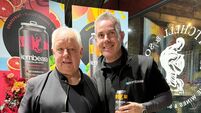
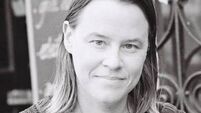




 App?
App?





